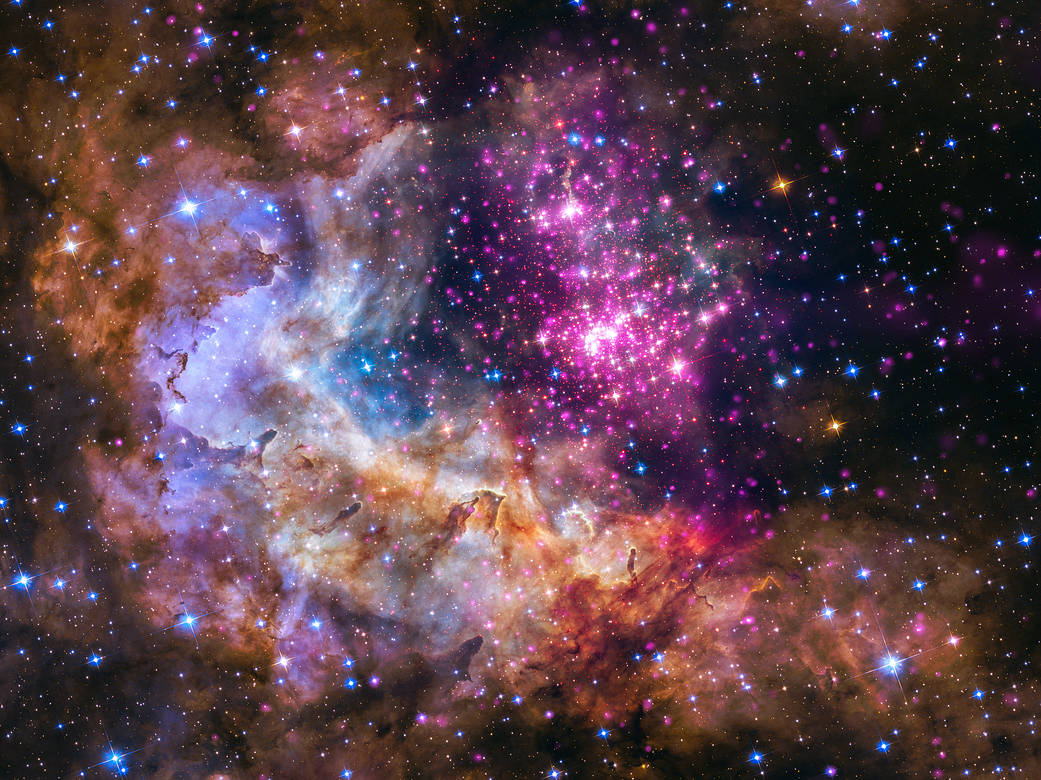Of the approximately 5,500 exoplanets discovered to date, many have been found to orbit very close to their parent stars. These close-in planets provide a unique opportunity to observe in detail the phenomena critical to the development and evolution of our own solar system, including atmospheric mass loss and interactions with the host star. NASA’s Colorado Ultraviolet Transit Experiment (CUTE) mission, launched in September 2021, employed a new design that enabled exploration of these processes using a small spacecraft for the first time. CUTE provides unique spectral diagnostics that trace the escaping atmospheres of close-in, ultra-hot, giant planets. In addition, CUTE’s dedicated mission architecture enables the survey duration required to characterize atmospheric structure and variability on these worlds.




